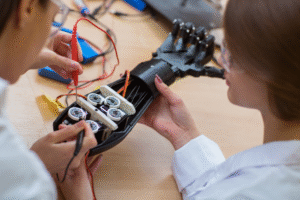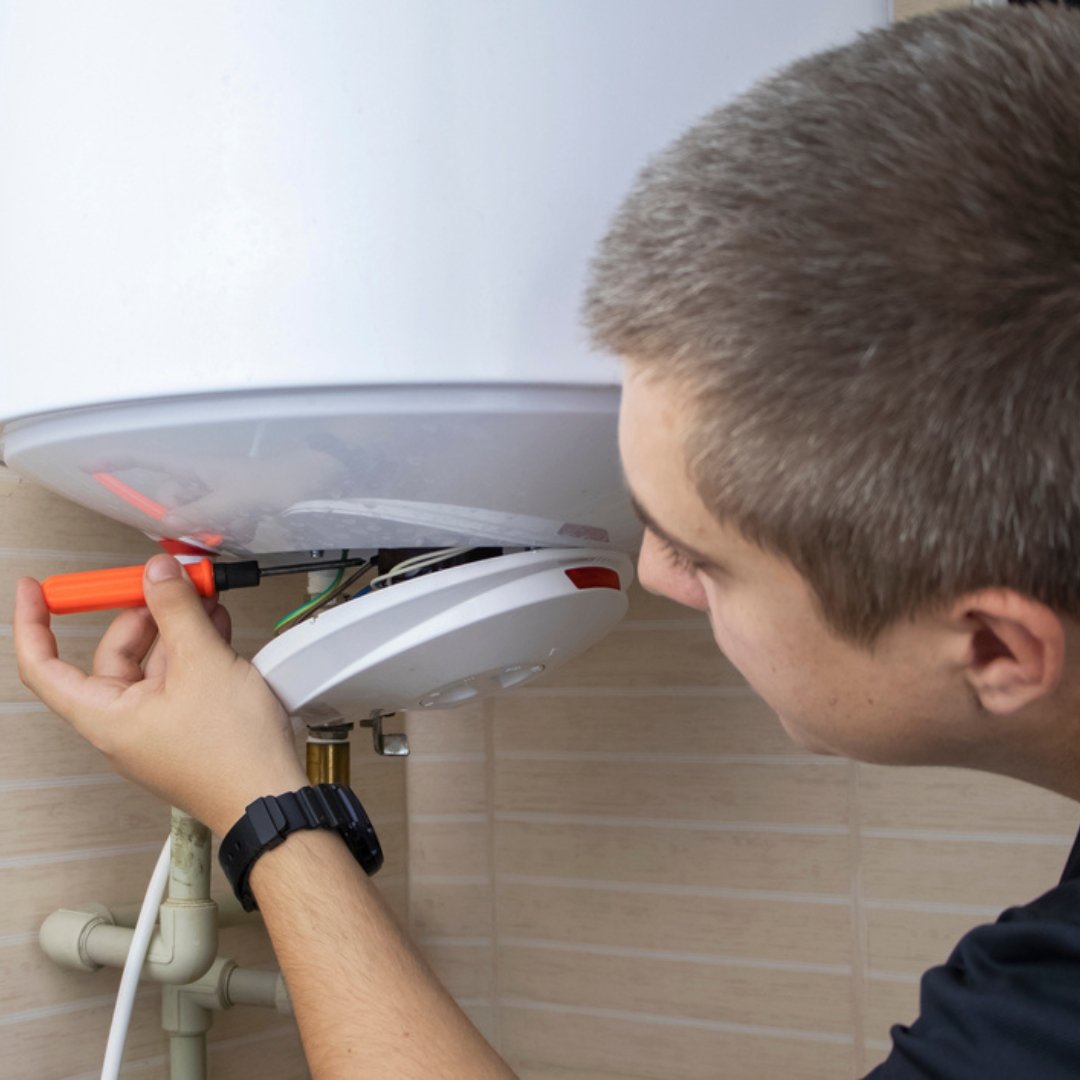Emerging Trends in PAT Testing Technology
Portable Appliance Testing (PAT) has long been a cornerstone of electrical safety in workplaces, schools, hospitals, industrial facilities, and commercial spaces. With thousands of electrical appliances operating every day, ensuring their safety is crucial to prevent accidents, downtime, and legal liabilities. Moreover, as technology advances, PAT testing is evolving beyond simple pass/fail checks into an integrated, intelligent process. In this blog, we will explore the latest trends shaping PAT testing technology and why businesses need to adapt to stay ahead. To Know More Click Here

1. Smart PAT Testers
Traditionally, PAT testers required manual input, interpretation, and recording of results. However, smart PAT testers are revolutionizing the industry. These devices now offer:
- Automatic appliance recognition, which identifies the type of appliance being tested, simplifying setup.
- Guided testing, providing step-by-step instructions that reduce the chance of errors, especially for less experienced technicians.
- Real-time diagnostics, allowing technicians to detect faults such as earth leakage, insulation failure, or overcurrent risks immediately.
Consequently, smart testers improve accuracy, reduce testing time, and enhance safety by alerting users to high-risk appliances before a failure occurs.
2. Cloud-Based PAT Testing Solutions
Data management has always been challenging in PAT testing. For instance, manual logs and spreadsheets are prone to errors and can be cumbersome to maintain. Fortunately, cloud-based PAT systems are changing the game:
- Centralized storage ensures all test results are stored securely and accessible from anywhere.
- Automated reporting enables compliance reports and audits to be generated instantly.
- Analytics and tracking allow organizations to monitor appliance performance trends over time.
For example, large organizations with multiple locations can now track PAT results for all sites in real-time, ensuring consistent compliance across the board.
3. Mobile and App Integration
In addition to cloud solutions, mobile app integration is making PAT testing more efficient. Specifically, modern testers can connect via Bluetooth or Wi-Fi, allowing technicians to:
- Record test results directly on smartphones or tablets.
- Access historical appliance data instantly.
- Receive reminders for retesting, maintenance, or equipment replacement.
As a result, organizations reduce paperwork, increase efficiency, and maintain comprehensive, up-to-date safety records. To Know More Click Here

4. AI and Predictive Analysis
Artificial Intelligence (AI) is becoming increasingly relevant in PAT testing. By analyzing historical data, AI can:
- Predict appliance failures before they happen.
- Identify high-risk devices for preventive maintenance.
- Provide insights to extend the lifespan of electrical equipment.
Consequently, predictive PAT testing minimizes downtime, reduces repair costs, and ensures a higher level of workplace safety.
5. Improved Safety Features
Modern PAT testers are incorporating enhanced safety features to protect both technicians and appliances. For instance:
- Auto shut-off in dangerous voltage situations.
- Advanced earth leakage detection.
- Real-time load monitoring to prevent appliance damage.
Therefore, technicians can detect subtle faults that might have been missed by older models, reducing the risk of accidents and equipment failure.
6. Wireless and Non-Contact Testing
Emerging wireless PAT testers allow non-contact measurement of electrical safety parameters. This innovation provides several advantages:
- Reduced risk of electric shock, particularly when testing live or high-voltage equipment.
- Improved accessibility for appliances in hard-to-reach or hazardous locations.
- Faster testing as fewer manual connections are required.
Consequently, wireless PAT testing is particularly valuable in large-scale environments like manufacturing plants, hospitals, and data centers. To Know More Click Here

7. Integration with Asset Management Systems
Furthermore, PAT testing is being integrated with broader asset management platforms. This integration enables organizations to:
- Track appliance lifecycles, including purchase date, warranty, and maintenance history.
- Schedule automated retesting and preventive maintenance.
- Ensure regulatory compliance and reduce audit preparation time.
As a result, organizations gain a holistic view of their electrical assets, optimize resource allocation, reduce costs, and maintain higher safety standards.
8. Sustainability and Eco-Friendly Testing
Finally, sustainability is becoming a key trend in PAT technology. For example:
- Energy-efficient testers consume less power during testing.
- Digital records reduce the need for paper documentation.
- Extended appliance life monitoring helps minimize waste by identifying when repairs are sufficient instead of replacing equipment entirely.
Thus, companies can achieve both safety and environmental goals simultaneously.

Conclusion
In conclusion, the future of PAT testing is digital, intelligent, and predictive. Innovations such as smart testers, cloud-based solutions, mobile integration, AI analytics, wireless testing, and asset management integration are transforming the industry. By embracing these emerging trends, businesses can ensure higher levels of workplace safety, reduce downtime, streamline compliance, and make informed decisions about their electrical assets. Ultimately, PAT testing is no longer just a safety obligation—it is a strategic tool for operational efficiency, risk management, and sustainability.
SafeTag – Your Safety Partner in New Zealand
Ensure workplace safety and compliance with SafeTag’s professional testing services. We offer certified solutions for Electrical Testing & Tagging, RCD Testing, Microwave Leakage Testing, and Portable Appliance Testing (PAT). Trust our experts for hassle-free, on-site service tailored to your business needs.




